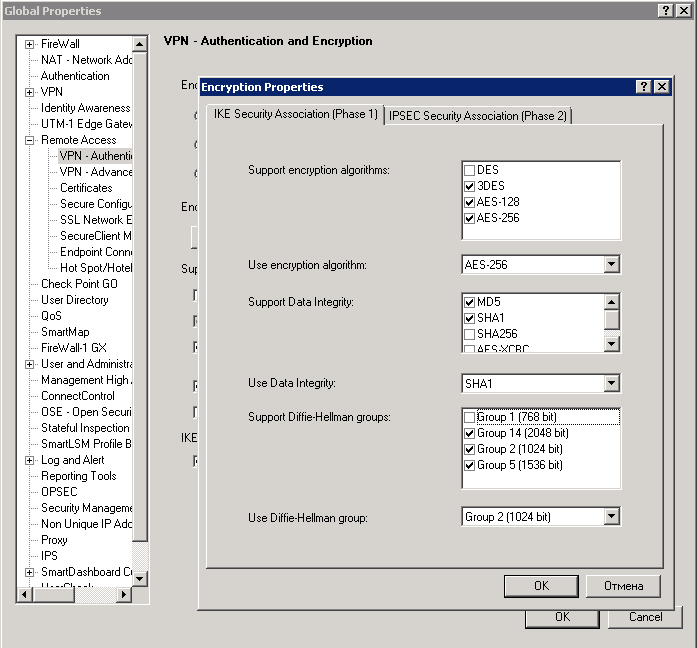

In the present study, condensation characteristics of HFC refrigerants, R-134a and R-404A have been investigated experimentally inside horizontal smooth and MF tubes (OD 9.This section describes how to configure these VPN configuration scenarios: Internally Micro finned ( MF) tubes are being used presently in the Condensers and Evaporators of Unitary air conditioning systems.

Korea Dyeing and Finishing Technology Institute National Institute of Technology Jalandhar

By increasing nucleation site density, it has been shown that a higher heat transfer coefficient can be achieved with moderate pressure drop. The performance index of the BTS tube is found to be greater than one and much better than that of the MF tube for the experimental range considered. Overall performance of the newly developed BTS tube and the MF tube compared to the plain tube has been analyzed with the help of a performance index. However, pressure drop is observed to be significantly less for IMD and BTS tubes compared to the MF tube. Comparison of flow pattern of R407C inside an IMD tube has been made to confirm the fluidic facts behind enhancement. It is observed that the heat transfer coefficient of R407C inside both the IMD and BTS tubes is better than that of the MF tube. The heat transfer characteristics of the newly developed tube with an internally microdimpled (IMD) tube and a tube with internal bidirectional tunnel structure (BTS) are compared with the commercially available micro-fin ( MF) tube. Heat flux from 5 to 12.5 kWm-2 and mass flux from 40 to 200 kgm-2s-1 has been considered an experimental range in an in-house setup. Experiments have been conducted with R407C refrigerant. In the present paper, a proposal for enhancement of flow boiling is made by developing tubes with discrete internal structures inside the tube.

© 2013 Publishing House for Journal of Hydrodynamics. The empirical correlations developed using the present experimental data for the Nusselt number, friction factor and thermal performance factor are also reported. The thermal performance factors associated with the use of MF-CDTs were found to be higher than those associated with the uses of MF-CoDTs:P, MF-CoDTs:O and MF alone up to 9.3%, 6.5% and 56.4%, respectively. The experimental results indicate that MF-CDTs induce stronger swirl/turbulence flow, resulting in higher heat transfer rate, friction factor and thermal performance factor than other combined devices. The experiments were conducted for the flows with the Reynolds numbers between 5 650 and 17 000, under uniform heat flux condition. The MF alone and the MF equipped with a single twisted tape in parallel/opposite arrangement were also considered for comparison. An experimental study was carried out to investigate the influence of double twisted-tape inserts (DTs) in micro-fin tubes ( MFs) on heat transfer, friction factor and thermal performance factor characteristics of the compound devices in the following configurations: (1) twisted tapes acted in the same direction (for co-swirl) while MF and twisted tapes acted in the same (parallel) direction (MF-CoDTs:P), (2) twisted tapes acted in the same direction (for co-swirl) while micro-fin tube and twisted tapes acted in opposite directions ( MF-CoDTs:O) and (3) twisted tapes acted in opposite directions for counter swirl ( MF-CDTs).


 0 kommentar(er)
0 kommentar(er)
